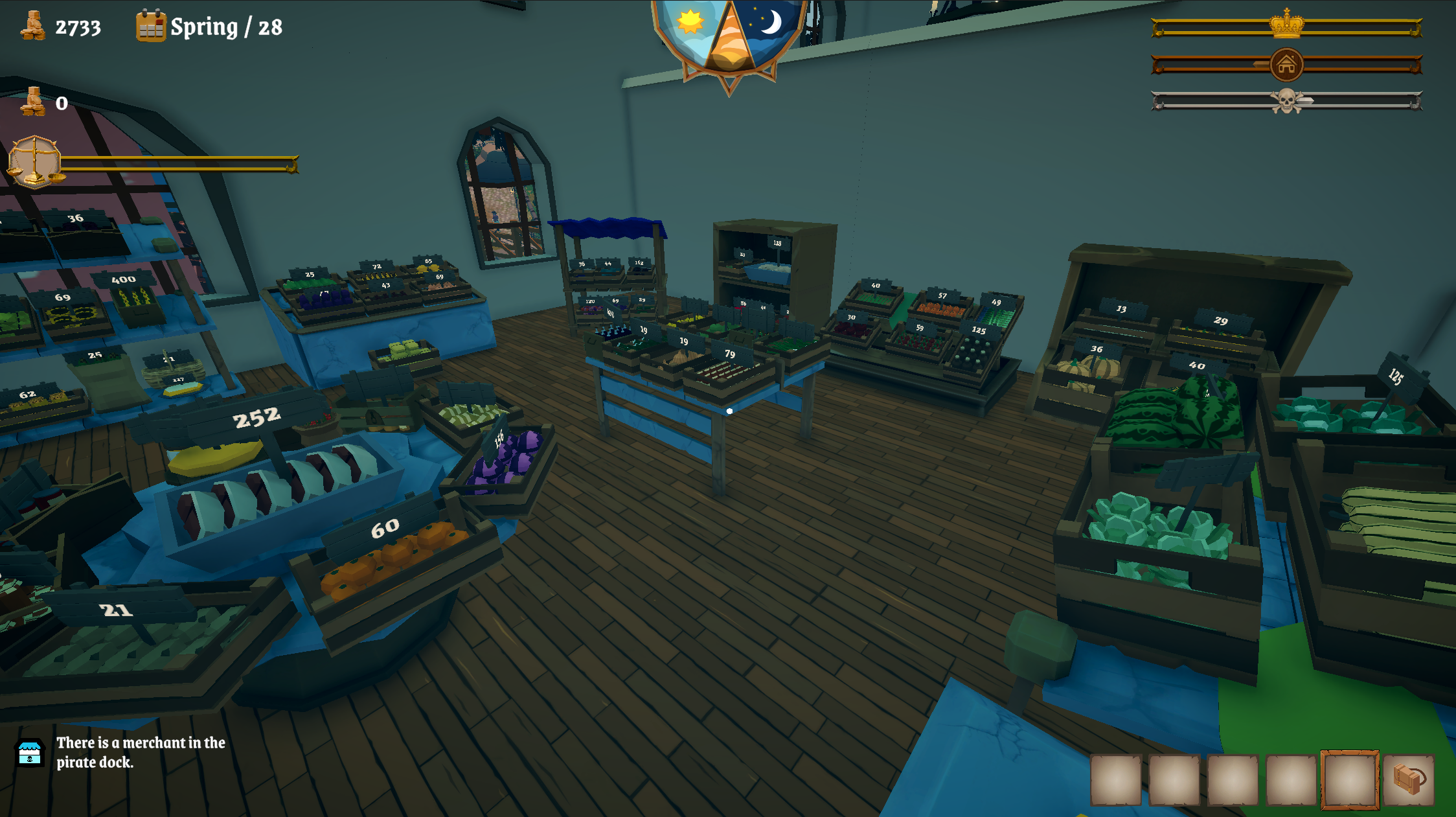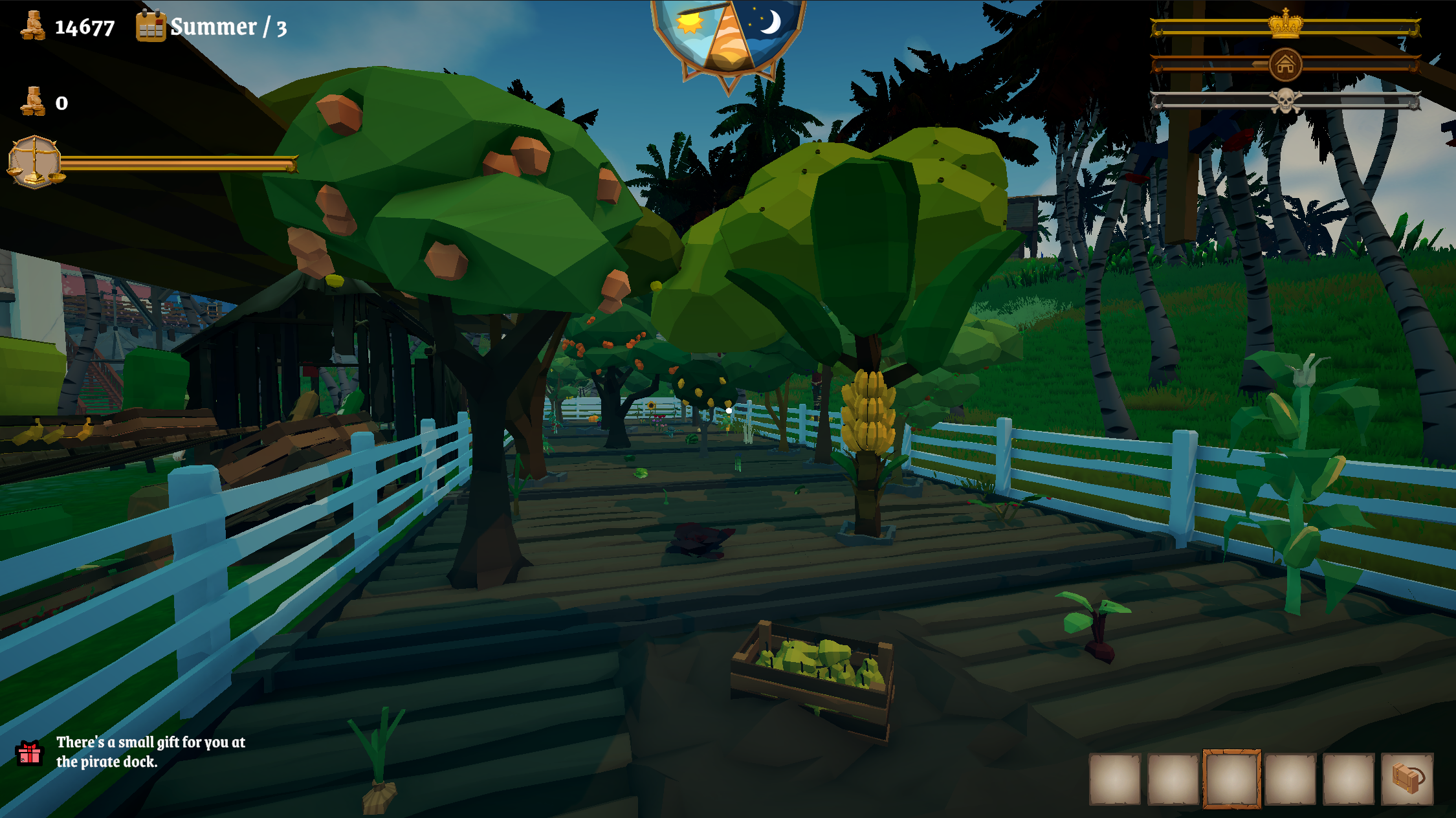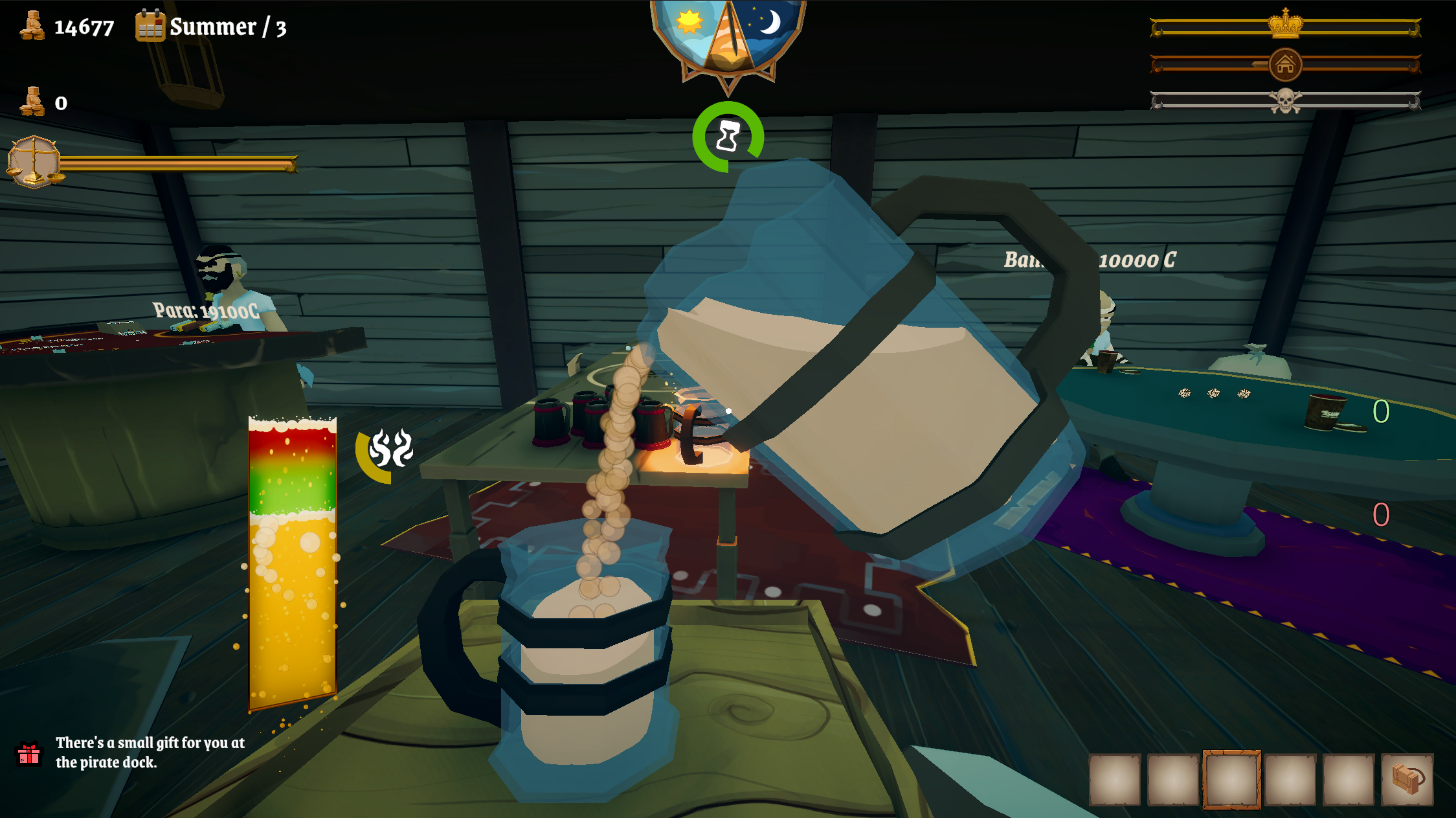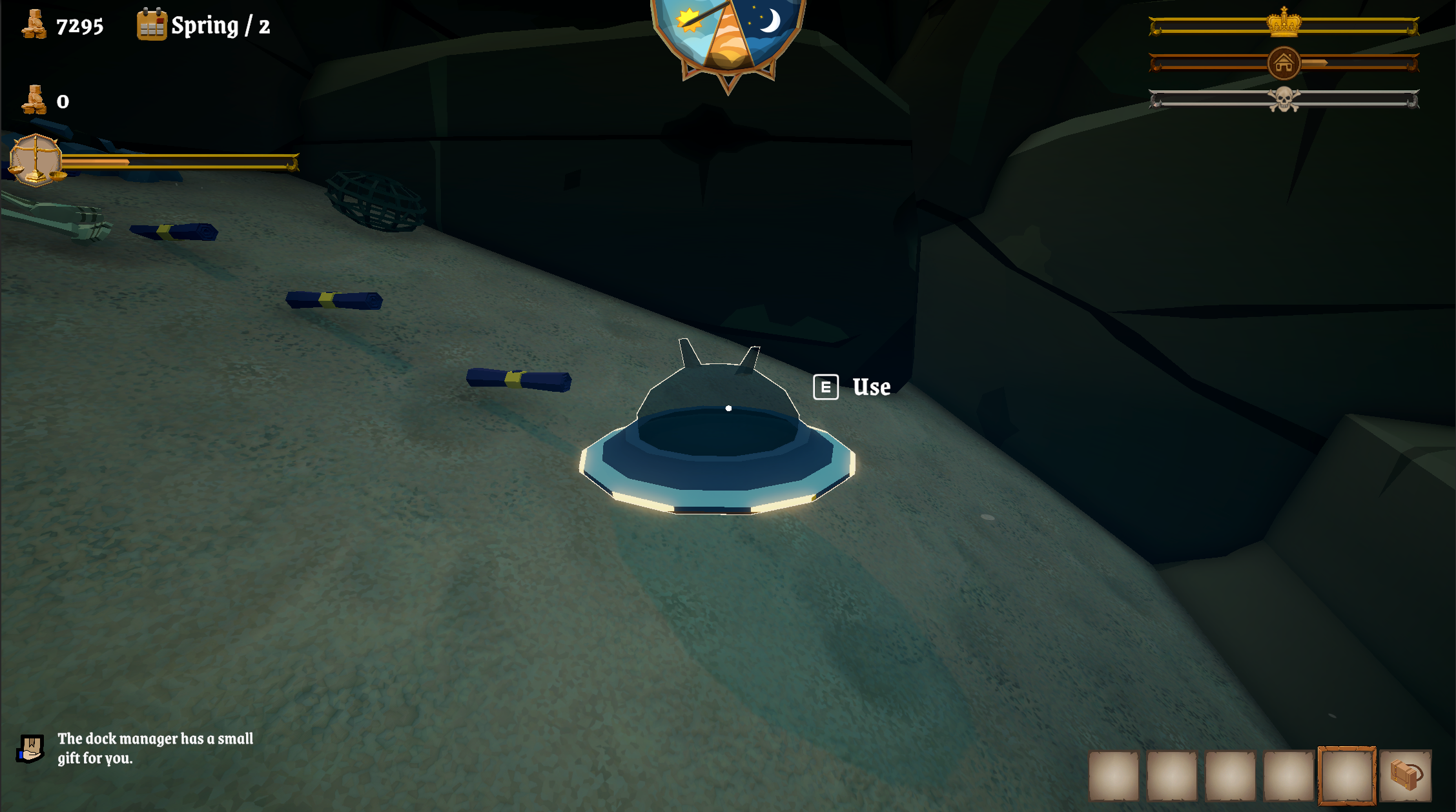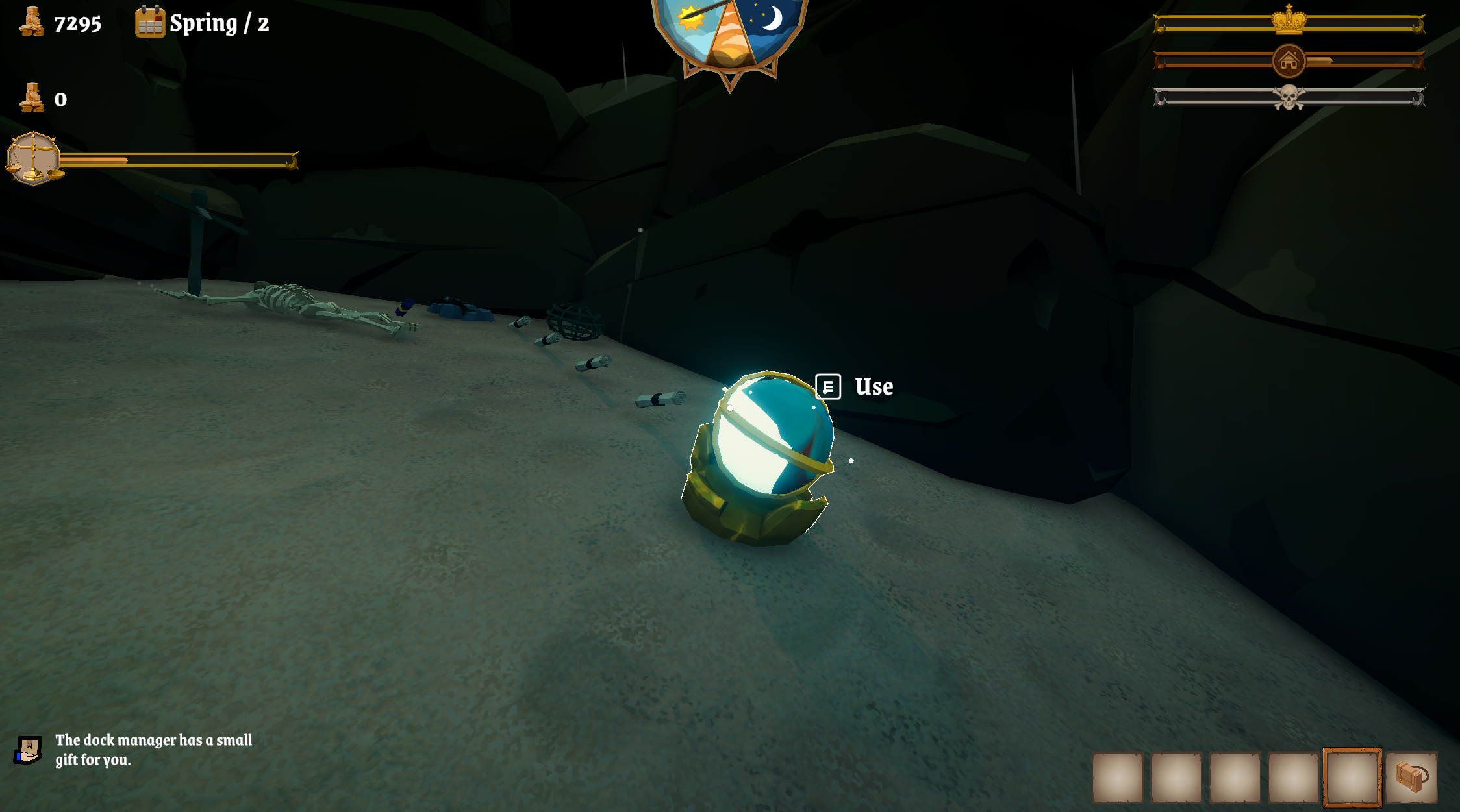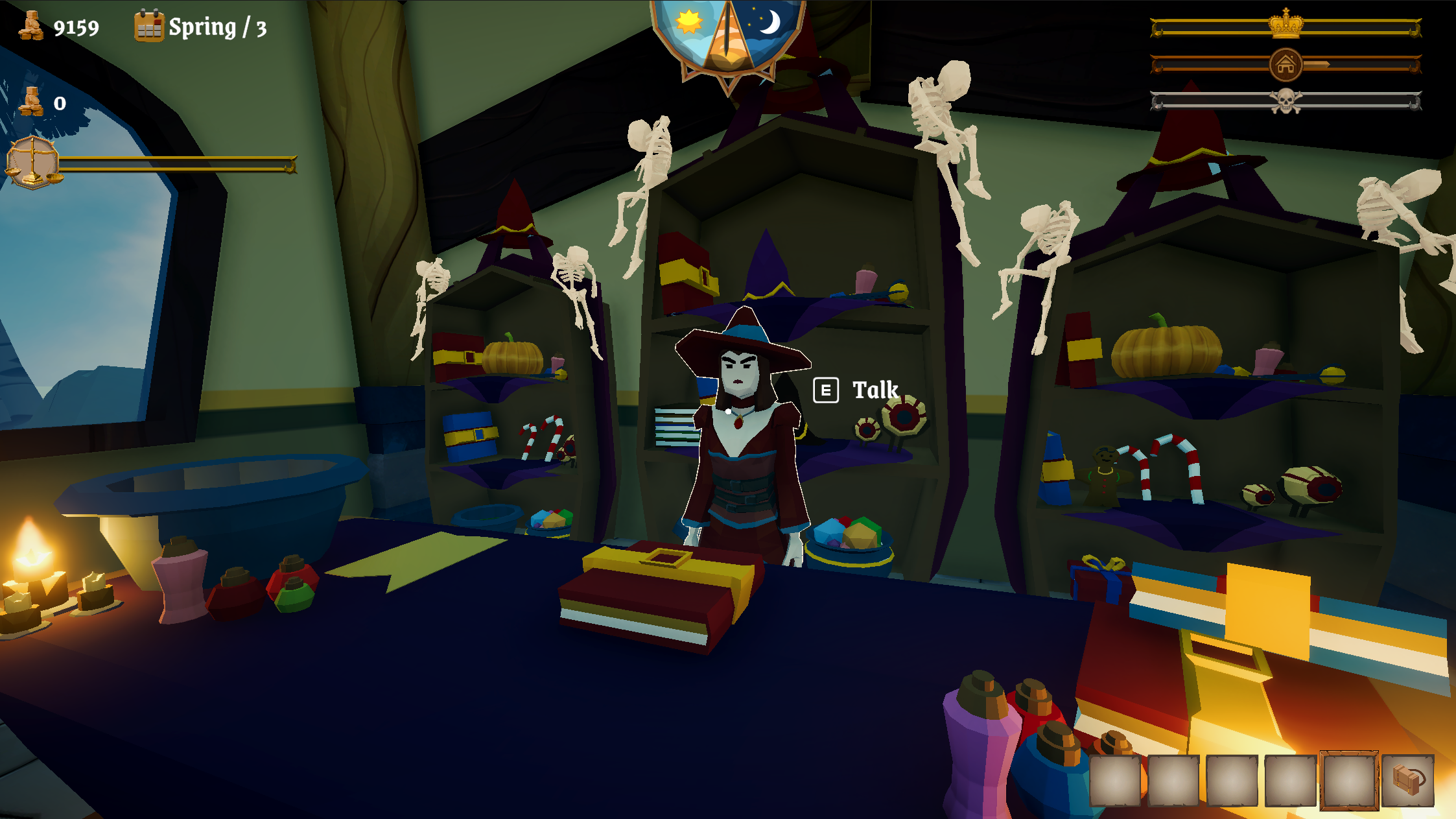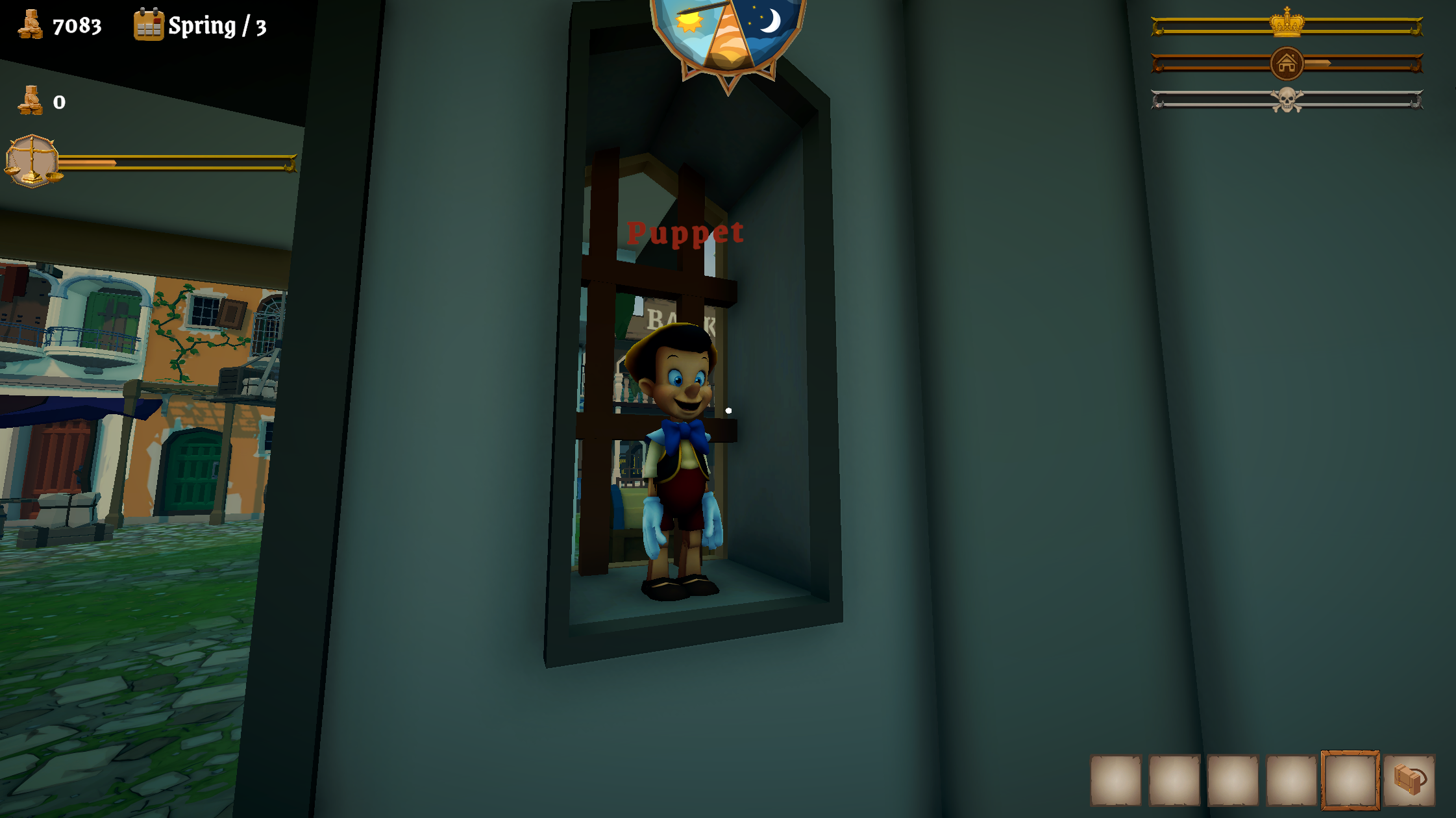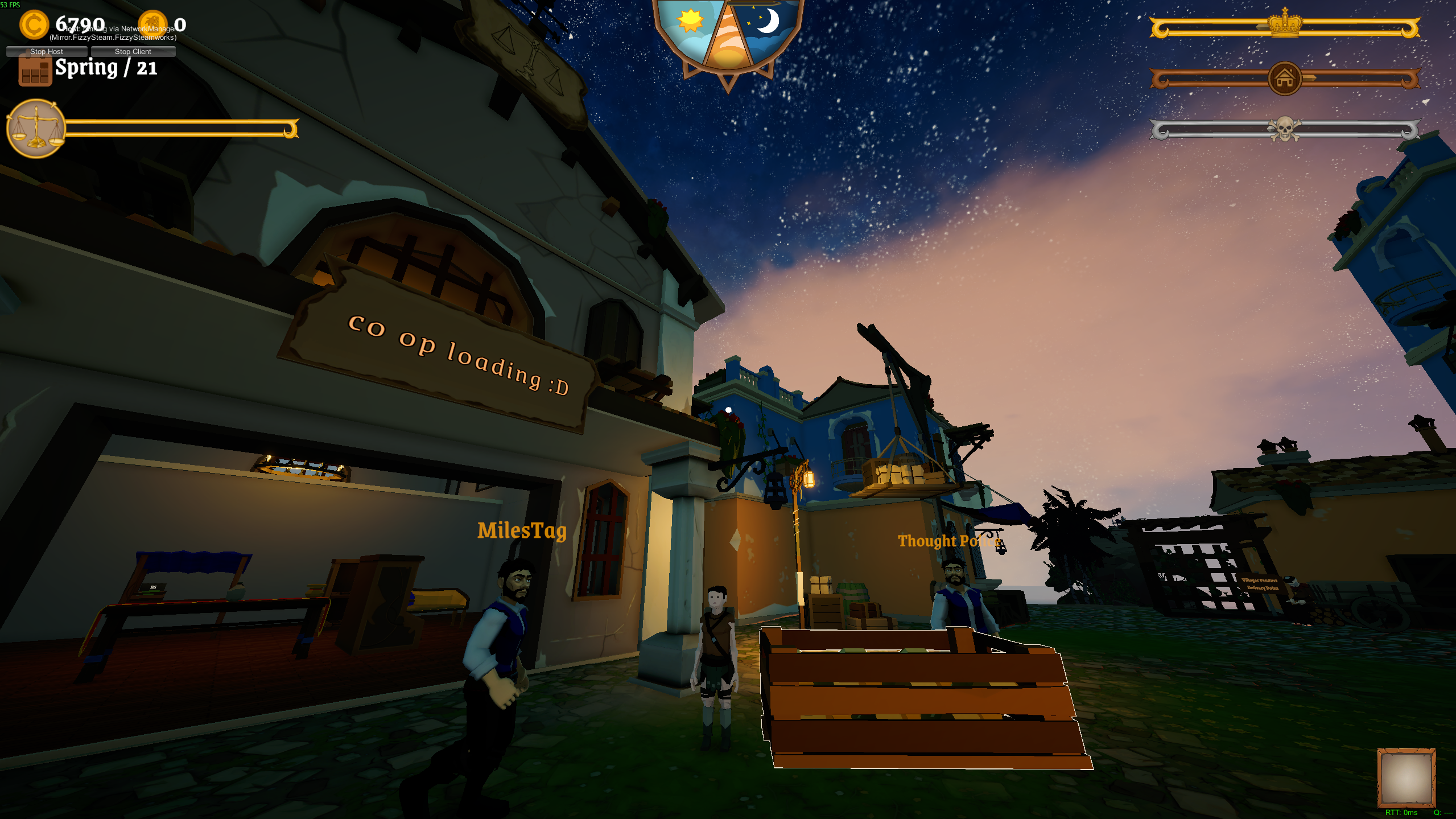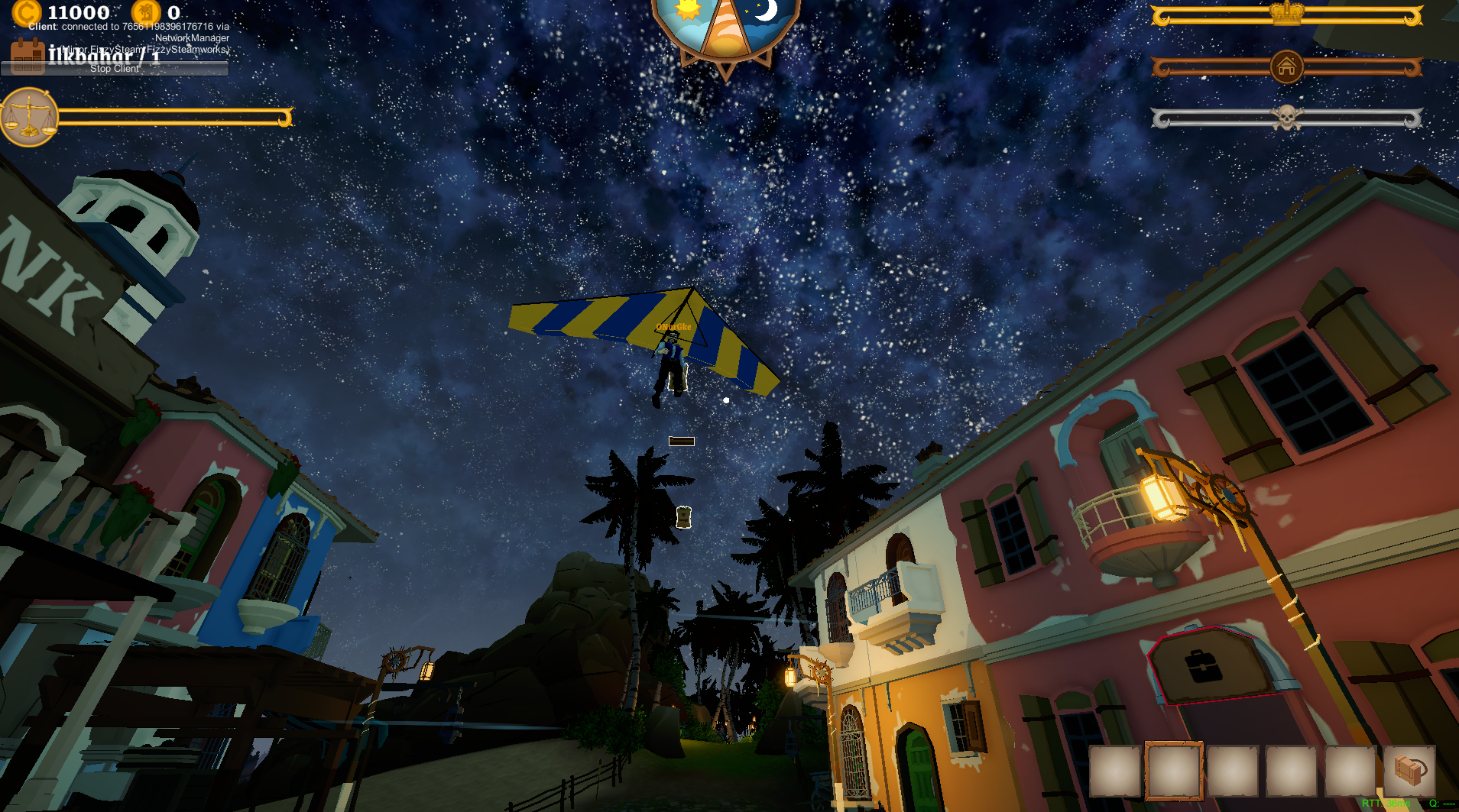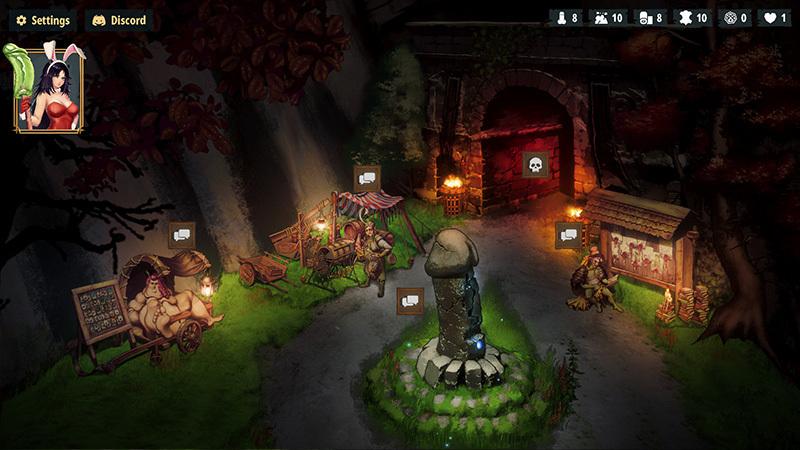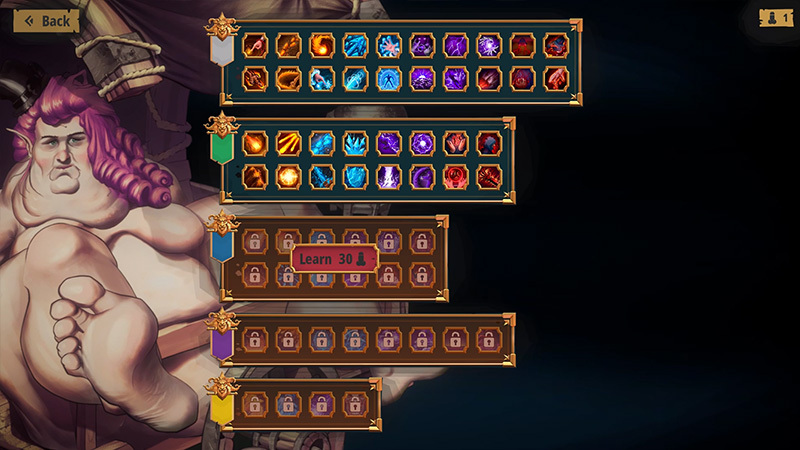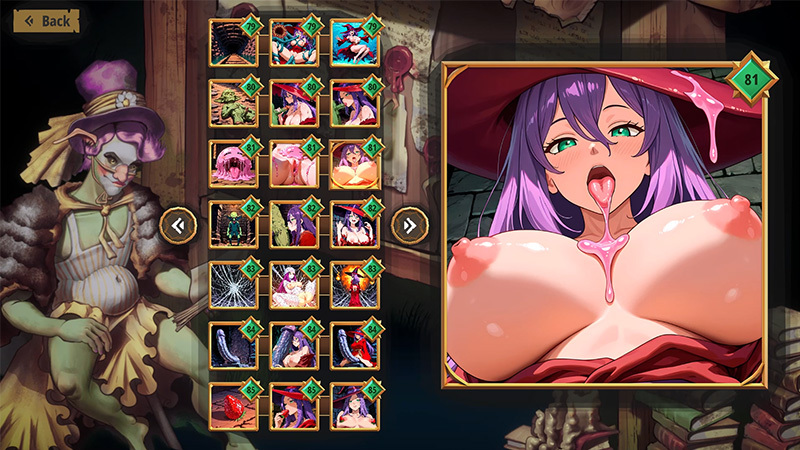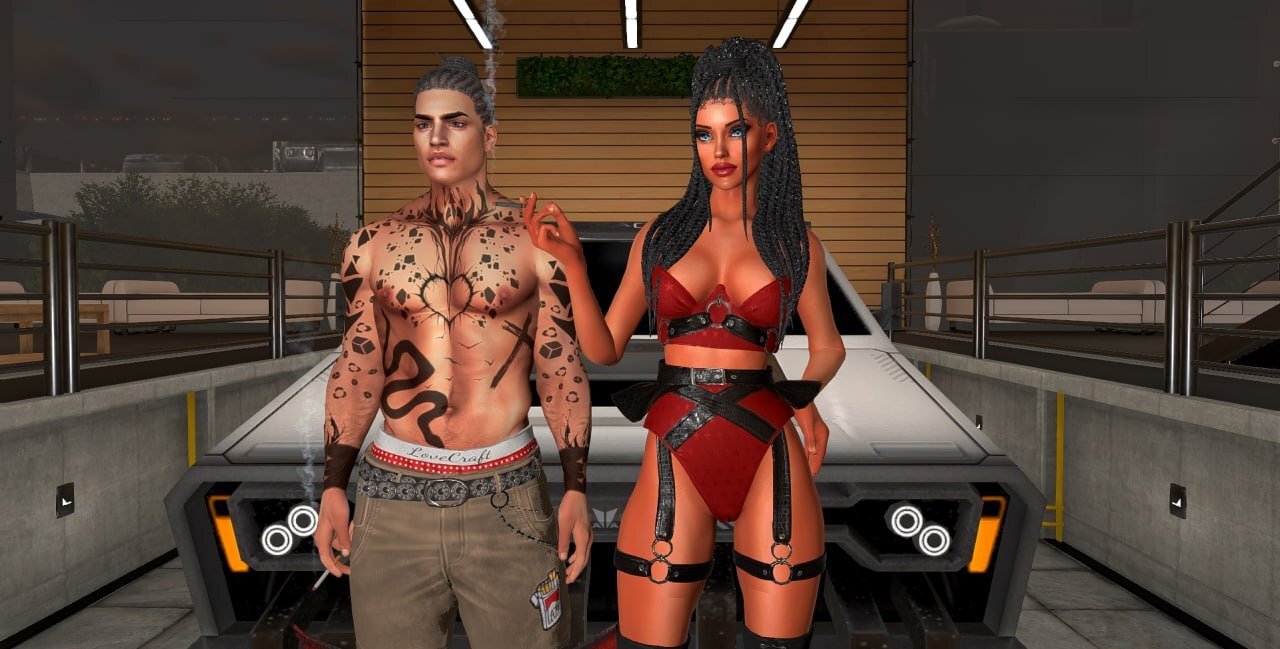
⚠️ A major patch is now available!
🆕 New Features:
New character editor (skin tone, eyes, brows, mouth);
Added DEFENSE_FIELD_GENERATOR (early version, Creative-only);
Added DEFENSE_FIELD_CORE item;
Added block-window actions for calling block methods;
New particle effects for the Defense Field Generator;
100+ new structures for future updates;
Random block replacement support in structures (test-use only);
10 new floating-island plants;
100+ new block sounds;
Added tall SWAMPGRASS;
Added MUD & MUD_SLAB — slight sinking + slowdown;
Added when conditions for block drops;
Added inventory-icon extra_data (state-based icons);
Added BEETROOT_SEEDS drops to grasses;
Migrated all BBmodels to Blockbench 5.X;
Added localBlockModifiers for better client-side block updates;
♻️ Changes:
Removed ability to create duplicate items with same entity_id; existing ones auto-fixed;
Major update to plant density & variety across biomes;
Off-hand items now work in recipes; can pick up items into off-hand;
Quest chains resume if previously stuck on structure search;
All logically replaceable plants added to REPLACEABLE_BLOCKS;
/resetinventory in Creative now gives SELECTION_TOOL in off-hand;
Swamp biome heavily updated — darker and more dangerous;
LONGRASS updated and added to several biomes;
Smoother stair ascent/descent;
World Sharing window fixed (close button restored, modal behavior added);
Chat history no longer stores duplicates;
Improved Steam error reporting;
Player movement no longer catches on tiny wall edges;
WOODEN_CHANDELIER now supports shelf slots; dropped items stay intact;
DEFENSE_BEACON sphere now dynamic; turns red when disabled;
All stabilizer actions fully logged;
sync_anim_blocks refactor: cleaner animation switching;
Expanded treasure lists to previously empty containers;
ENERGY_CRYSTALS drop amounts based on growth stage;
BIRDNEST egg drops now match visuals;
Cluckfluffs can lay eggs in BIRDNEST;
Hollows & Endoskeletons can spawn in swamps during daytime;
Composters can now generate with FERTILIZER and appear in structures;
Updated visuals for several old structures;
🐞 Bug Fixes:
Fixed a bug where the wrong sides of ore blocks were hidden;
Fixed random shifting of plants on shelves;
Fixed: quest chain no longer stops if structure search wasn’t completed;
Fixed errors on the central server when other servers had connection issues;
Fixed an issue where a partially eaten pie dropped as a whole;
Fixed 360-degree rotation angles when placing blocks with 8 directions;
Fixed GREEN_ALGAE overgrowth in swamps;
Fixed fabrication when there isn’t enough space in inventory;
Fixed items not being removed from inventory when dropped with the Q key in Creative Mode;
Fixed rare errors when parsing chat commands containing {};
Fixed: output of some commands appeared in chat before the command itself;
Fixed case mismatch in command autocompletion;
Fixed negative block rotation angles in some world structures;
Fix: ANVIL no longer repairs items with the not_reparable tag;
Fixed errors when taking a CANDLE block while having quest tasks to get items;
Fixed soil types unsuitable for plant growth for many plants;
Fixed REAGENT_STORAGE animations not playing;







